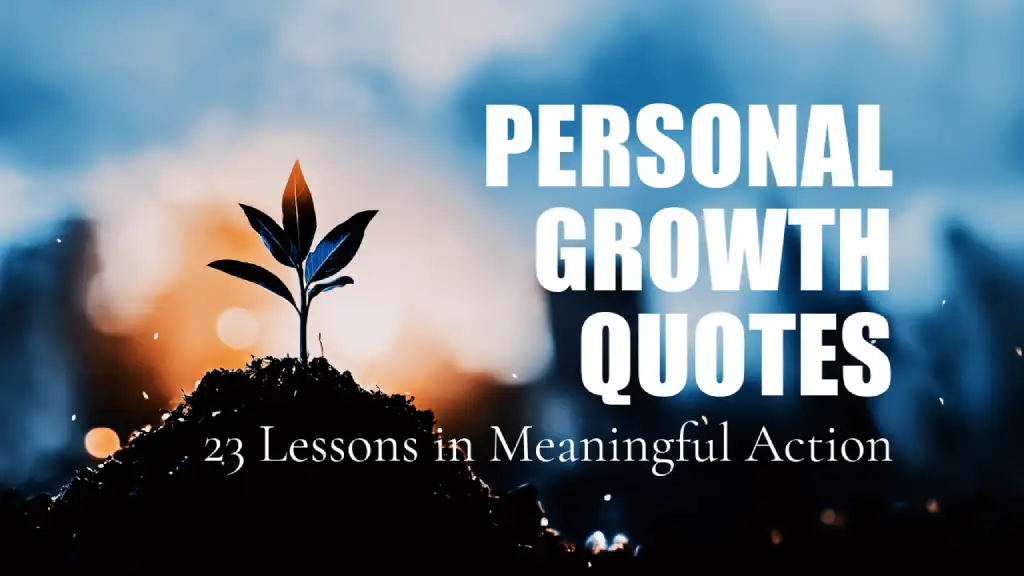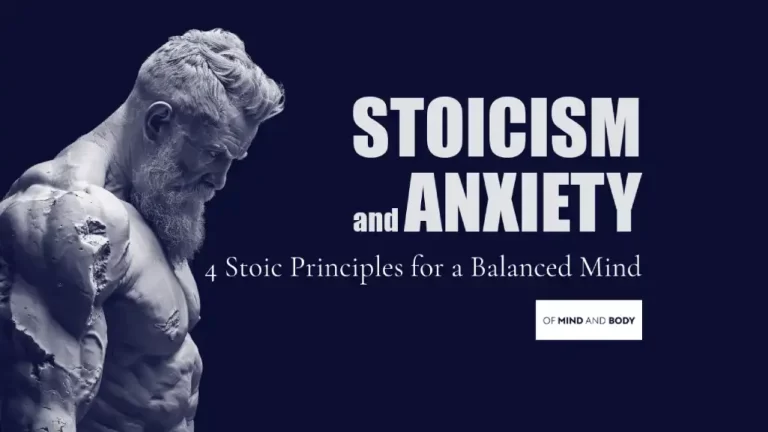As we conclude our exploration of Stoicism and Death, we now turn to its connection with modern psychology. How do Stoic principles align with concepts in cognitive behavioural therapy and other psychological approaches? Let’s delve into these questions.
Stoicism and Cognitive Behavioral Therapy (CBT)
Cognitive Behavioral Therapy (CBT) is a type of psychotherapy that focuses on changing unhelpful cognitive distortions and behaviours to improve emotional regulation and develop personal coping strategies. Interestingly, CBT has its roots in Stoic philosophy.
Stoicism and CBT share the fundamental principle that our thoughts influence our emotions and behaviours. Both encourage us to challenge unhelpful thoughts and beliefs, promoting healthier thinking patterns and emotional responses.
Stoicism and Mindfulness-Based Therapies

Mindfulness-based therapies, such as Mindfulness-Based Cognitive Therapy (MBCT) and Mindfulness-Based Stress Reduction (MBSR), also share commonalities with Stoicism. These therapies emphasise mindfulness—the practice of being fully present and engaged in the current moment, which aligns with the Stoic practice of present moment awareness.
Stoic mindfulness encourages us to be aware of our thoughts, emotions, and actions, and to live in accordance with nature and virtue. This practice aligns with the mindfulness practices used in these therapies, which aim to enhance self-awareness, reduce stress, and improve well-being.
The Relevance of Stoicism in Modern Psychology

Despite being thousands of years old, Stoicism remains relevant in modern psychology. Its principles of rational thinking, acceptance, and mindfulness align with many psychological approaches, offering timeless wisdom for enhancing mental health and well-being.
Incorporating Stoic principles into psychological practices can offer various benefits. It can enhance self-awareness, promote healthier thinking patterns, and foster resilience and equanimity. It can also provide a philosophical framework for understanding and navigating life’s challenges.
Conclusion
The intersection of Stoicism and modern psychology underscores the timeless relevance of Stoic philosophy. Its guiding principles and hands-on practices continue to enrich and complement psychological approaches, offering insights for boosting mental health and overall well-being.
As we continue our Stoic adventure, our next stop will be the application of Stoic principles in the workplace. We’ll share insights for enhancing productivity and fostering a harmonious workplace environment.
I trust that this exploration of the interplay between Stoicism and modern psychology has deepened your understanding of Stoicism. But as we journey on, let’s not forget that Stoicism isn’t merely a philosophy to be understood—it’s a way of life to be lived. So, let’s not just learn about Stoicism, let’s live it, embodying the wisdom of these philosophers in every step we take.













2 responses